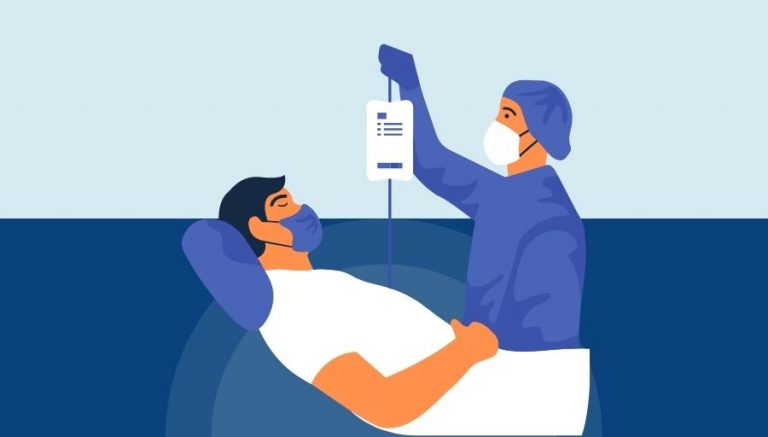ICD 10 CM E83.10 | Description & Clinical Information
ICD 10 E83.10 describes a group of medical conditions that affect the absorption, transportation, or utilization of iron in the body, which can be caused by various factors including genetic inheritance or repeated blood transfusions, and the lack of documentation by the healthcare provider regarding the specific type of iron metabolism disorder in the patient.
Official Description Of E83.10
The ICD 10 CM book defines ICD 10 code E83.10 as:
Excludes1: iron deficiency anemia (D50.-)
sideroblastic anemia (D64.0-D64.3)
Excludes1: dietary mineral deficiency (E58-E61)
parathyroid disorders (E20-E21)
vitamin D deficiency (E55.-)
Clinical Information
The diagnosis describes by ICD-10-CM code E83.10 pertains to disorders in the metabolism of iron, which is essential for the proper functioning of various organs in the human body. The body does not produce iron on its own and requires external sources such as plants, animals, and the earth to obtain this essential mineral. The iron absorbed by the body gets transferred across intestinal epithelial cells with the help of divalent metal transporter 1 (DMT1). The iron from erythrocytes released into the bloodstream is facilitated by a protein known as ferroportin. After this, transferrin, a glycoprotein present in the blood, binds and delivers iron to various organs.
However, free or unbound iron that accumulates in organs such as the liver, heart, joints, pancreas, and pituitary gland can cause damage to these organs. Such unspecified iron metabolism disorders can cause various symptoms such as weakness, anemia, shortness of breath, difficulty concentrating, and depression, along with abdominal pain, constipation, diarrhea, and headache. In severe cases, the affected individual may suffer from liver cirrhosis, diabetes, cardiomyopathy, polyarthritis, and sexual organ damage.
Diagnosing iron metabolism disorders is accomplished based on the patient’s history, physical examination, and signs and symptoms. Providers may also order several diagnostic tests like CBC, serum tests for free iron, iron-binding capacity, ferritin and hemosiderin, as well as liver function tests for AST and ALT levels. To calculate the percentage of transferrin saturation, providers may use serum iron and total iron-binding capacity.
To assess iron stores, some diagnostic tests like bone marrow and liver biopsy may be performed. In severe cases, an MRI may be conducted to check for any organ damage. Genetic testing may also be performed to confirm hereditary hemochromatosis.
Treatment of mild cases of iron metabolism disorders involves making lifestyle changes and adjusting the patient’s diet. Patients with moderate symptoms usually undergo therapeutic phlebotomy (bloodletting), where blood is drawn from the patient as a form of treatment. Severe cases may require hospitalization, and in some instances, organ transplant.
In conclusion, the ICD-10-CM code E83.10 pertains to disorders in the metabolism of iron in the body, which can result in a range of health complications if not treated. The diagnosis and treatment of this condition require close monitoring and a rigorous approach to maintenance and care. With proper attention and care, patients with this diagnosis can lead healthy and fulfilling lives.


